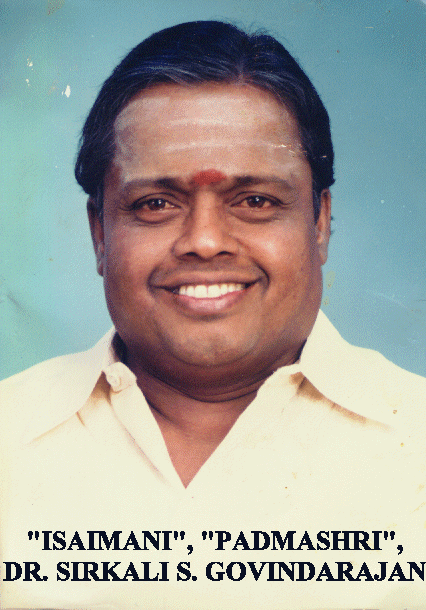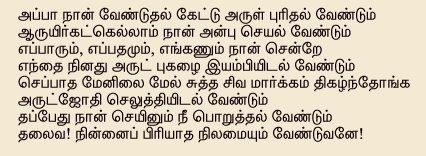Salutations unto the Lord of Catagories Ganapati
"Everthing that our mind can grasp can be expressed in terms of kind, or category. So category is a fundemental element of existense. All that can be comprehended is a catagory (gana). The principle of classifications through which the relations can be understood between different orders of things, between macrocosm and microcosm, is called the Lord of Catagories. He is Ganapati."
---Satguru Siva Subramuniyaswami
Introduction to the Ganesha Purana
Please accept my respectful pranams. Let me offer my heartfelt prayers to those Mahajans who have dedicated their lives to disseminating transcendental knowledge to the masses of people in this temporary world full of the threefold miseries. It is those great souls who we owe a great debt of gratitude and service and by doing so we are uplifted to that uppermost platform of spiritual bliss and understanding.
Thousands of years ago the sages at Naimasaranya, in what is known as the subcontinent of India, under the auspicious guidance of Sri Saunaka Rsi, decided that for the benefit of mankind a twelve year sacrifice of hearing the holy Puranas was to be performed. During this time the renowned son of Sri Vyasadeva, Sri Sukadeva Gosvami made his holy appearance before the sages. As part of this great sacrifice he recited and explained the Bhagavat Purana for the benefit of the entire world. After the completion of this Purana, the sages, being desirous for more of the same nectar, asked the great sage Sri Suta Gosvami to continue reciting some of the other blessed literatures. The sage Suta concluded that the recitation of the holy Ganesha Purana was the best remedy for the anxious transcendentalists.
In modern history, there have many books written on the subject of Lord Gananath or Ganesha, the Hindu (elephant headed) God who bestows material blessings on his devotees. In fact, along with being the most revered God of the Hindus, He is probably the most misunderstood. To the western world He is know as the God of good luck and the remover of obstacles, to others He is the Son of Lord Siva and the goddess Parvati and is known by any one of a thousand names. And to those who are absorbed in meditation on His transcendental form, He is none other than the original Lord of Creation, OM Sri Ganeshaya Namah.
So who is He actually? Which god is He in the hierarchy of Gods and Goddeses of the Hindu pantheon. Is He a mythological character or is His existence based in reality? Only the sincere reader of the Ganesha Purana can conclude. It is also a matter of realization. There is a good analogy in this regard. When Sir Isaac Newton saw an apple fall from a tree and hit the ground, he saw the Law of Gravity. When others see an apple fall from a tree, it is only an apple hitting the ground. So one may conclude that Sir Isaac was educated in this regard and that is why he saw differently. So in the same way, in order to understand or realize spiritual knowledge one must also try to become educated and learn this science, preferably under the guidance of a bonafide teacher. The Bhagavad Gita gives us a perfect example of learning transcendental science between master and disciple. After learning the basics from a Guru, then we may dive deeper and acquire more understanding from the Puranas and other spiritual texts.
Since the beginning of time saints, sages and philosophers have been meditating on three questions. Who am I? What is my purpose on earth? And where am going after I leave this mortal coil? These three questions have led many souls on a quest for self-realization. We are not this temporary body but an eternal spiritual entity. Our purpose in this life is to try to understand God and serve Him with love. And by trying to understand these things we can realize that our real home is in the spiritual kingdom. These basic spiritual precepts and more will be understood from the study of this Purana.
http://home.nctv.com/omganesh/index.html

